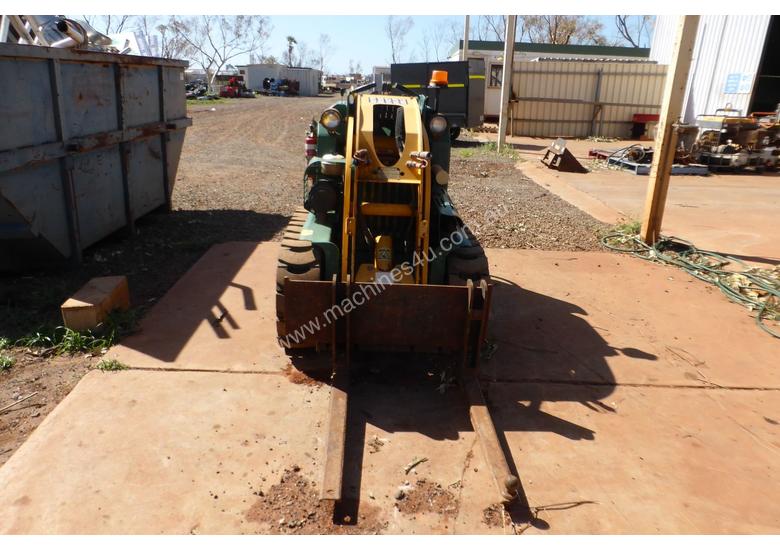

I hope that you can easily find and fix the problem. It is hard to check the charge on a heat pump in the wintertime, but it can be done with gauges. The only way to test the refrigerant charge is with a set of manifold refrigerant gauges. If you stop getting 24 volts through one of the low-pressure switches then your unit is probably low on refrigerant charge.

Where you stop getting 24 volts is where the problem is located. I would continue to test between the Y and C wires until you no longer get 24 volts. Make sure that your thermostat is not set to “Emergency Heat” mode because Emergency heat mode will not allow the outdoor heat pump to run. Make sure that the batteries are good in your thermostat if your thermostat has batteries. If you are not getting 24 volts between Y and C then you probably have a thermostat problem. I would make sure that your thermostat is supplying 24 volts to the contactor by testing with a voltmeter between the Y and C (com) connections when you have the heat pump heat to turn on. Hi Chris! Rule of thumb, the “Y” yellow wire connection on your thermostat is what controls the contactor on your outdoor unit on most heat pumps. We have a really good post with a really good YouTube video on the following page: I hope this helps you find the short in your system. Another problem that could cause the fuse to blow would be that the two wires that go out to your AC unit might be shorted out due to animals chewing through the wires or the sun destroying the wire insulation over time. I would suggest that you look at your furnace’s control board and see which wire color they have on C, “COM” and where the other wire colors are connected on the control board. Some of the contractors might have used a different colored wire for the common wire and this could be messing you up. Hi Minh! You are right connecting the R (power wire from the transformer) Yellow wire that goes to the AC contactor and the Green wire that goes to the fan blower relay should not blow the fuse on the control board if the contractor who installed your furnace wired in accordance to rule of thumb wiring.

We would love to help you out and have your business! Please email us: or comment in our comments section below. If you have any questions we will be glad to answer them. Our email address is: Below we have a real good informative YouTube video made by grayfurnace man which shows how to troubleshoot and test a contactor. Please send us your unit’s model number if you would like for us to look it up and see which OEM contactor your unit requires. We sell contactors on the following page: Please click here if you would like to see the AC contactors that we sell. You will need to call a service tech in order to check the charge on your unit. If your unit is low on charge (I find most often) the safety switch will not allow the unit to start (contactor will not engage). Many air conditioners and heat pumps have low and high-pressure safety switches on them to protect the unit from damage if the system pressure is too low (low refrigerant charge) or too high (dirty outdoor unit, slow or bad condenser fan motor). We sell transformers on the following page: Please click here if you would like to see the Low Voltage Transformers we sell. We sell a universal time delay relay on the following page: Please click here if you would like to see the universal time delay relay we sell. If the fuse on your control board is blown then you probably have a short in the thermostat wires or another control in the furnace or outdoor unit. Please see the picture of the control with the fuse below. If you are not getting any voltage to the contactor coil then this could be a blown fuse on your furnace or air handler control board. You could test the contactor with a voltmeter to see if you are getting 24 to 28 volts AC to the contactor 24-volt coil. You can turn the power back on and set the thermostat so the system is calling for cooling (AC ON). I would like to suggest that you turn the power off to the unit and check all your connections to make sure they are good and tight. If the contactor is not getting the 24 volts to the contactor coil then it could be a time delay relay (if the unit is equipped), thermostat problem, transformer, safety control (low on refrigerate), or wiring problem. The high voltage side takes 110 to 240 volts AC and transforms the voltage to 24 to 28 volts AC. The transformer has a primary (high voltage side) and a secondary (low voltage side). Please see the pictures of the two transformers below. Problem: Why I am not getting 24 volts to the contactor? Where does the 24 volts come from?Īnswer: The 24 volts comes from a low voltage transformer.


 0 kommentar(er)
0 kommentar(er)
